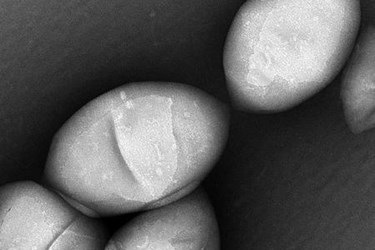Natural Nanostructures Could Improve Ultrasound Imaging Capabilities
By Joel Lindsey

Researchers from the California Institute of Technology, UC Berkeley, and the University of Toronto have found that the use of gas venticles — tiny gas-filled structures used by some microorganisms to control buoyancy — could significantly expand the range of images that could be created through ultrasound techniques.
“People have struggled to make synthetic nanoscale imaging agents for ultrasound for many years,” Mikhail Shapiro, a Caltech chemical engineer involved with the project, said in an article published recently on the university’s website. “To me, it’s quite amazing that we can borrow something that nature has evolved for a completely different purpose and use it for in vivo ultrasound imaging. It shows just how much nature has to offer us as engineers.”
Shapiro and the rest of the research team discovered that they could use gas venticles harvested from the bacterium Anabaena flos-aquae (Ana) and the archaeon Halobacterium NRC-1 (Halo) as effective imaging agents when delivered into the bloodstream with an agarose gel. The researchers were able to use ultrasound imaging techniques to chart the movement of the gas venticles as they moved throughout the body.
In the past, it was possible to create similar types of images with the use of microbubbles, but, Shapiro and his team say that gas venticles may provide a way to target tissues outside the bloodstream as well.
“Many interesting targets — such as specific types of tumors, immune cells, stem cells, or neurons — are outside the bloodstream,” said Shapiro.
The microbubbles previously used in ultrasound imaging are simply too large to move out of the bloodstream, but the gas venticles used in this latest project are significantly smaller and more stable than microbubbles. This allows them to move into the tissues surrounding arteries where they could be imaged with ultrasound techniques.
Additionally, researchers claim that by using these naturally occurring structures, they may be able to genetically engineer gas venticles in order to target specific locations within the body for imaging.
“Now that we have our hands on the genes that encode these gas venticles, we can engineer them to optimize their properties, to see how far they can go,” said Shapiro.
Details regarding the research team’s recent work have been published in the journal Nature Nanotechnology.
Image Credit: Mikhail Shapiro/Caltech
